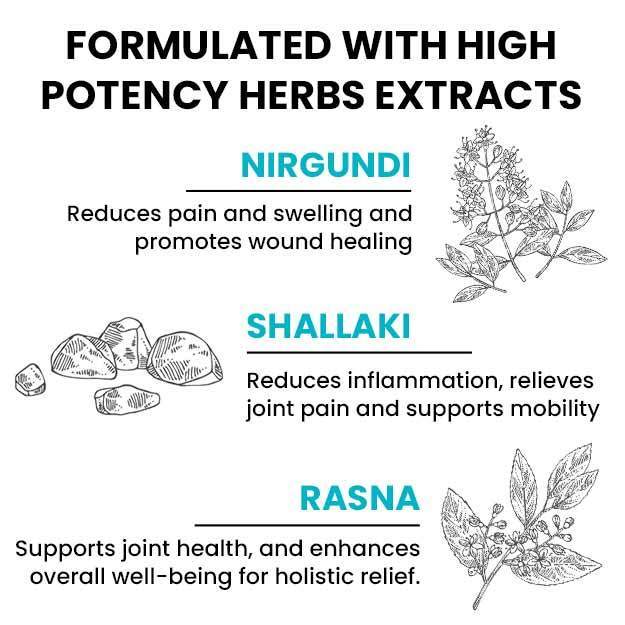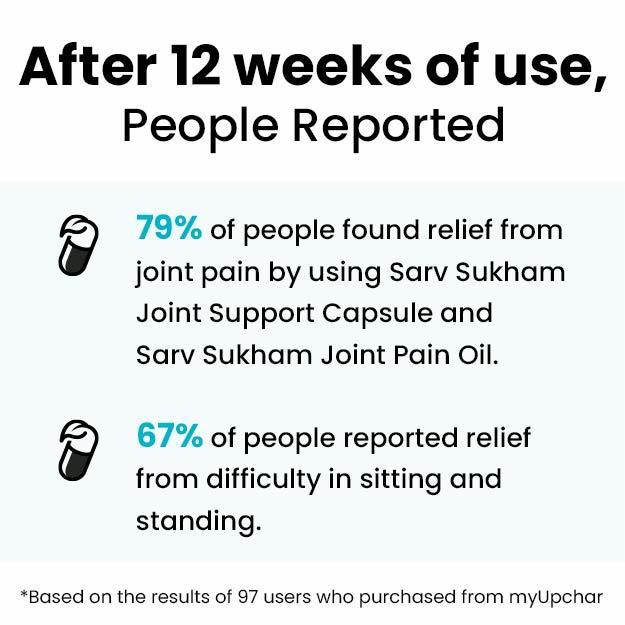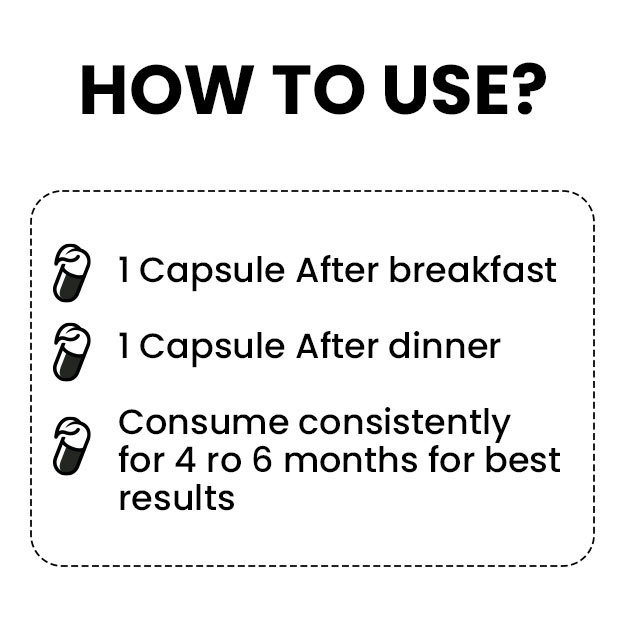Back pain is one of the most common health conditions experienced. It can be acute or chronic and hamper your daily activities. Back pain is a common symptom in many health conditions such as sciatica nerve pain, sacroiliac joint dysfunction, slipped disc, piriformis syndrome, weak bones and fracture in osteoporosis, vaginal infection, etc. Certain dietary changes can help manage such back pain. In this article, you’ll find dietary recommendations for when you’re suffering from back pain as well as an Indian diet plan.
What to eat for back pain
Some food items can help reduce the extent of your back pain. Try and include the following in your diet whenever possible:
Ginger
Ginger belongs to the Zingiberaceae family. It is a commonly used spice and condiment in Indian cuisine. While it is famous for its role in the treatment of cough, cold and indigestion, it is also well-known for its anti-inflammatory properties that help reduce back pain. For the total benefit of this food, try to have two teaspoons of its juice mixed with a teaspoon of honey daily. Alternatively, you can add it to your tea, curry, salad or as a tempering.
Turmeric
Turmeric is famous for its pharmacological properties that help our body to fight infection, boost immunity, reduce inflammation and much more. Due to the anti-inflammatory properties it possesses, it helps reduce the swelling in the lower back as well as the pain. Try to have 2-5 grams of turmeric on a daily basis. You can have it in your milk, tea, pickle or even as a capsule.
Ragi
As calcium is one of the essential nutrients for a healthy back, if you are lactose intolerant and vegetarian, consuming ragi can help you fulfil your dietary requirement of the mineral. About 100 grams of ragi contains 344 mg of calcium. You can add this superfood in your soup, dosa, puttu, cheela, etc.
Virgin olive oil
Using virgin olive oil in your salad, south Indian gun powder or in your chutneys can help reduce back pain and decrease inflammation. Olive oil contains a good amount of oleocanthal, which works like ibuprofen. It also contains lubricin, which preserves the fluid that works as a shock absorber and prevents injuries in our joints.
Dark chocolate
Dark chocolate is rich in magnesium, which is another nutrient that helps maintain bone health. This mineral is responsible for the structure of our bones and if your body is deficient in magnesium, it could lead to lower bone density and even osteoporosis. Magnesium deficiency is commonly seen in back pain patients. To fulfil the recommended requirement of the mineral, you may have 1-2 blocks of dark chocolate or add unsweetened cocoa powder to your shakes, dessert or drinks.
Green leafy vegetables
Green leafy vegetables are rich in vitamin K. Vitamin K is known for its role in blood clotting, bone health and other bodily functions. It also plays an important role in binding the calcium in your discs to make them strong and avoid further injuries. If you are suffering from severe back pain, this food group may be able to help you control it. Try to add all the seasonal green vegetables such as spinach, amaranth, fenugreek leaves, cabbage, etc in your daily diet.
Thyme
Thyme is a herb commonly used to treat bronchitis, whooping cough, sore throat, worm infections, skin disorders, upset stomach, gastritis, etc. Many studies have shown that thyme has a natural compound that works as a pain reliever. Thyme can be used fresh, in dried form and as an essential oil in different dishes such as home-made pasta, salad, pizza, etc.
Fish with bones
Small fish that can be consumed whole are rich in vitamin D and calcium, which are essential for bone health, can help heal the injury in the back and reduce the pain. Fish is also a great source of omega 3 fatty acids, which are known for anti-inflammatory benefits. So try to add more fish in your regular diet.
Fermented foods
If you are suffering from recurrent back pain and not able to understand the reason, you should consult a doctor. They may recommend that you test your vitamin B12 levels, which can be one of the reasons for pain in the body. There are conditions that are related to nerves that cause back pain such as sciatica nerve pain, slipped disk, etc. In such cases, fermented foods can be helpful as they are rich in vitamin B12, which helps our body to maintain a healthy nervous system.
Fermented foods are also rich in probiotics. Many studies have shown that probiotics help our body fight infection, which can help treat vaginal infections, a common cause of back pain in women. To add this food group in your diet, you can have curd rice, dosa, idli, dhokla, jalebi, axone, kefir, etc.
Grapes
Grapes contain a strong antioxidant called resveratrol, which lowers blood pressure and cholesterol levels, works as an anti-carcinogenic agent, protects our brain from cell damage, fights infection and works as an anti-inflammatory agent. All of this helps the body manage and even reduce back pain.
What to not eat for back pain
There are some food items that can increase the inflammation and pain in the back.
To avoid aggravating your symptoms, do not consume the following foods:
- Vegetable oils like sunflower oil, mixed vegetable oils, corn oil, etc.
- All processed foods including jam, jelly, ready-to-eat foods, etc.
- Foods high in saturated fats and trans fats like packaged snacks, burgers, pizza, french fries, etc.
- Full-fat dairy products
- Sugar
- Alcohol
Indian diet plan for back pain
Following is a sample Indian diet plan that can help you control back pain:
- Early morning: Warm water (1 glass) + dates (2) + soaked raisins (8-10) and almonds (5-6)
- Breakfast: Vegetable stuffed chapati (2) + curd (1 bowl)
- Mid-meal: Fruit salad (1 bowl)/ buttermilk (1 glass)
- Lunch: Matar pulao (1 bowl) + soya curry (1 bowl) + cucumber raita (1 bowl)
- Evening tea: Green tea (1 cup) + roasted chana (1 bowl)
- Dinner: Vegetable soup (1bowl) + whole wheat chapati (2) + paneer / chicken curry (1 bowl)
- Bedtime: Turmeric milk (1 glass)
Find Nutritionist in cities
Doctors for Diet for back pain

Dt. Vinkaljit Kaur
Dietician
6 Years of Experience

Dt. khushboo fatima
Dietician
11 Years of Experience

Dt. Priti Kumari
Dietician
2 Years of Experience
























